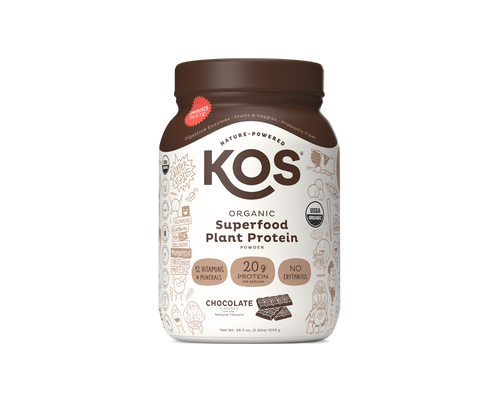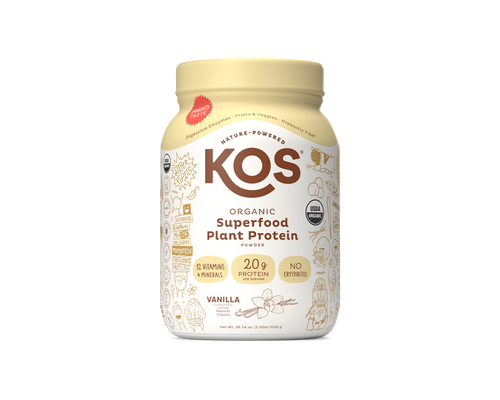Table of Contents
![]()
A potato would not be mistaken for an enormous diamond. Knobby and lumpen, this familiar root vegetable looks like something you might dig up in a field somewhere. Which is fitting.

But the lowly spud has a charismatic past.
Having come over to Europe from Peru in the sixteenth century, the potato actually rescued Europe from centuries of famine—once Europeans could be tricked, convinced, and in some cases ordered by royal decree to eat the thing.
In 1770s France, a guy named Antoine-Augustin Parmentier was super-hyped on the potato, rightly guessing that the homely root was THE answer to European hunger, if only he could promote the disgusting-looking newbie to French commoners.
Potato Persuasions
To help with the marketing, Parmentier convinced King Louis XVI and his life partner Marie Antoinette to wear potato blossoms on their royal wardrobe as a way to help with the marketing.

Parmentier planted some 40 acres of potatoes in the countryside outside Paris, fencing the plots and placing guards on the fields. Predictably, thieves came in and started stealing what they assumed was a precious bumper crop — from right under the noses of the phony guards, whose orders were to let thieves steal every potato they could get their hands on.
Then in the 1840s and ‘50s, when Europe had come to rely on potatoes as a staple food, blight destroyed potato crops in Holland, Germany, Denmark, England -- and most devastatingly Ireland, where an estimated million people starved to death. Fighting potato blight - initially with arsenic - actually marked the beginning of the pesticide industry.
Reasons to Eat Potatoes this Fall
With the onset of autumn, we turn to root vegetables. Why? Because as tradition has it, the colder months naturally mean we should consume more energy to keep ourselves warm. Root vegetables are carb-based eating, and carbs are energy. Look at these eye-opening facts about spuds.
Spuds are a Nourishing Return on Investment
Cost effective? Well, yeah. Potatoes and beans have been found (or calculated) to be the most nutritional bang for the buck of any foodstuff (how’s that for a claim), with potatoes running a close second to beans.
Potatoes are Nutrient-Rich
Nutritional profile for a medium white potato? Check it. 110 calories, 35% of your daily C-requirement, fat-free, sodium (salt) free and 3 grams of fiber to keep you feeling full after a spud-based meal.

Potatoes also have Vitamin B1 (thiamin) for growth, development, nervous system and heart function), and Vitamin B6 (pyridoxine) for anemia, red blood cell production, and cognitive health.
Phytonutrients? Oh, right! A potato is a vegetable, after all, and as such carries carotenoids for eye health (esp. macular degeneration), Vitamin E (tocopherol) for gut health, phenylpropanoids for mitigation of blood pressure, and help with mental acuity; and glycoalkaloids for immune system-boosting activity.
Potatoes as Athletic Performance Enhancers
A Journal of Applied Physiology study examined the effects of a pre-race meal of potato puree on long-distance competitive cyclers. The study’s results support the use of potatoes to boost race performance for trained cycle athletes.

Many cyclers use concentrated carbohydrate gels to maintain energy and endurance over the course of a race, and a potato regimen was found to be as effective in the study, and with fewer of the side effects of the concentrated carb gels. Not to mention the sci-fi unease of consuming something called a "concentrated carbohydrate gel" before getting on a bike.
Of course, the "pre-race meal of potato puree" so blithely mentioned above is basically prescribing mashed potatoes before a duration bicycling event. Hard to say which of the two — a plate of mashed spuds or a carbohydrate gel — should give the competitor greater pause. Again, the study did prove the efficacy of potatoes as a carb-prep. Presumably without gravy.
The Potato as Biome Manager
A 2019 study found that potatoes provide nutrition and balance to the gut biome, boosting the gut’s connection to mental wellness through the Gut-Brain Axis.
The properties of the potato also modulated gut that is often precursor to weight gain.
Spuds are not Duds
Even when we’re made aware of the interestingly complex political and social history of the potato, the poor thing underwhelms on the vegetable red carpet.
”Star Fruit! Broccoli! Romanesco! Napa Cabbage! Red Perilla! ... Potato!”. There, you see?

But glamor isn’t everything, and our most potent functional foods are often those we wouldn't pick out in a crowd.
So revisit the potato. Once upon a time this homely staple was an exotic and much-feared new food item in Europe, an attention-getting import from the distant Andes mountain range in far-off, mist-shrouded Peru. This may have been the last time in human history the potato was considered frighteningly exotic.
Today the potato is inescapable—and taken somewhat for granted. In fact, the potato’s nutritional profile, phytonutrient content power combine with a certain budget-friendliness to create a perfect storm of quiet nutritional heroism. Mash it, boil it, bake it. The potato is your dressed-down, new best pal. Let this be the start of a beautiful friendship.






